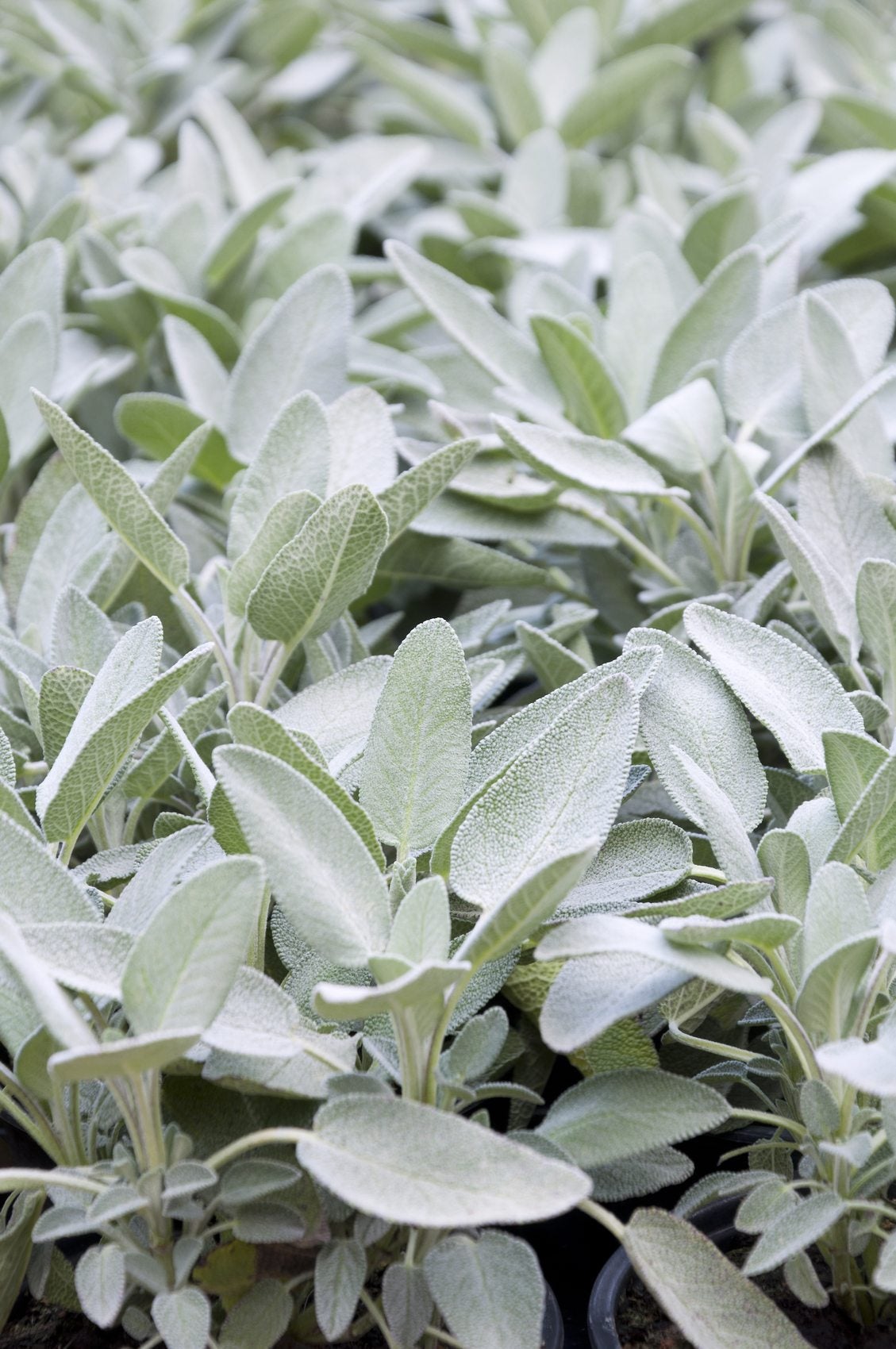Sage Plants For Gardens: Learn About Different Types Of Sage

For some folks, the holidays just wouldn’t be right without the traditional sage stuffing. Although we are most familiar with culinary sage plants, there are many different types of sage. Some types of sage plants have medicinal properties as well, or are grown purely for ornamental purposes. All of these sage plants work well for gardens. Read on to find out about sage plant varieties and their uses.
Types of Sage Plants
There are many different types of sage or salvia plants available. They may be either perennial or annual, blooming to non-blooming, but pretty much each of these different types of sage is fairly hardy. Foliage comes in sage green, variegated purple/green, or variegated gold and blossoms range from lavender to bright blue to cheery red. With so many varieties of sage, there’s bound to be a variety for your landscape.
Culinary Sage Plants
Garden or common sage (Salvia officinalis) is the most common type of sage used for cooking. You can also make tea from the leaves. It is very hardy and bounces back in the spring even after a severely cold winter. This particular sage has soft, silvery green leaves that can be used fresh or dried. It is also known to attract beneficial insects, which are attracted to its purple-blue flowers. Although hardy, garden sage usually becomes too woody after a few years to produce many aromatic leaves, so it needs to be replaced every 3-4 years. That said, I had a very woody sage that was losing its vigor, so I dug it out last year. This year, I have brand new downy leaves peeping up from the soil. Hardy, indeed! There are a number of these common garden sage plant varieties.
- There is a smaller dwarf that doesn’t exceed a foot in height and blooms with purplish-blue flowers.
- Purple garden sage, as the name suggests, has purple foliage when young. Not to be confused with the ornamental purple sage (or purple salvia), this variety doesn’t bloom often like other garden sages.
- Golden sage is a creeping sage with gold and green variegated leaves that accentuates the color of other plants.
- Tricolor garden sage looks a bit like purple sage, except the uneven variegation includes white accenting.
- Lastly of the garden sages, is Berggarten sage, which is very similar to common sage except that it does not bloom, but it does have the lovely soft, silvery green leaves.
Ornamental Sage Plants for Gardens
Pineapple sage (Salvia elegans) is a perennial flowering sage with tubular red flowers that attract butterflies and hummingbirds. Today, this beauty is primarily grown as an ornamental, but it is said to have medicinal uses as well. Grape scented sage doesn’t smell like grapes, but rather more like freesia. It can get quite tall (6 - 8 feet or 2 - 2.5 m.). It is a late blooming plant that attracts hummingbirds. The leaves and flowers can be steeped to make tea. Another common salvia amongst gardeners is Salvia splendens or scarlet sage. This is an annual plant that thrives in full sun but withstands partial shade in well-draining soil with consistent irrigation. Blossoms are scarlet in color and last from late spring through the first frost. Mealycup sage (Salvia farinacea) is generally an annual in most regions. It attains a height of 2-3 feet (0.5 - 1 m.) and is punctuated with blue, purple or white flower spikes. Some newer varieties to look for are ‘Empire Purple,’ ‘Strata’ and ‘Victoria Blue.’ Mexican bush sage (Salvia leucantha) grows to 3-4 feet (1 m.), is drought tolerant, but a tender perennial otherwise. This beautiful accent plant has purple or white flower spikes. There are many other varieties of sage plants for the garden (far too many to name here), whether you want them for their aromatic foliage or as an ornamental or both. Sage plants are a hardy addition to the garden and with so many varieties, you are sure to find one to suit you.
Sign up for the Gardening Know How newsletter today and receive a free copy of our e-book "How to Grow Delicious Tomatoes".

Amy Grant has been gardening for 30 years and writing for 15. A professional chef and caterer, Amy's area of expertise is culinary gardening.
